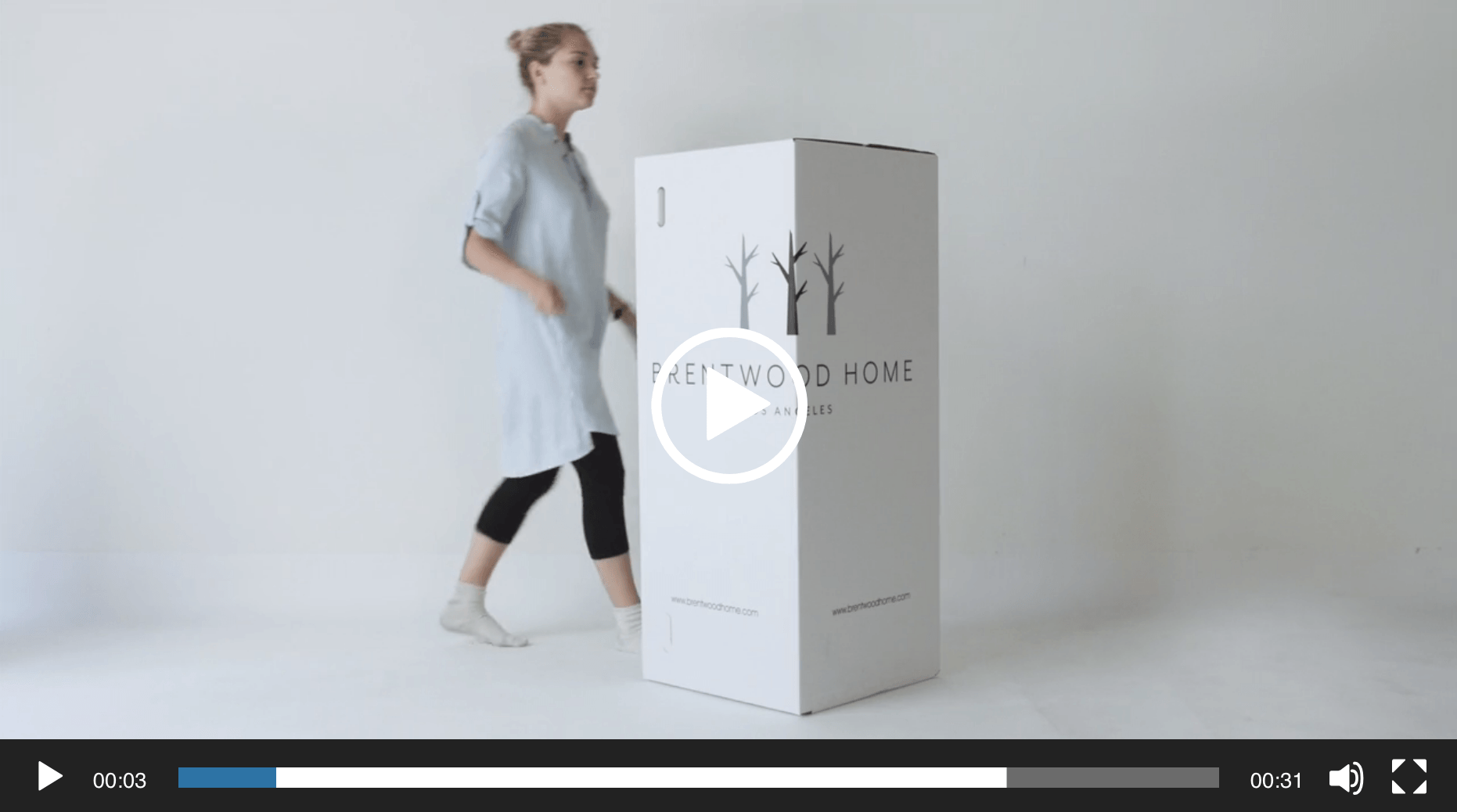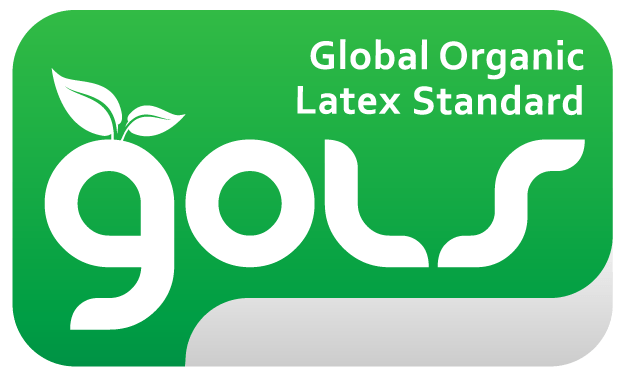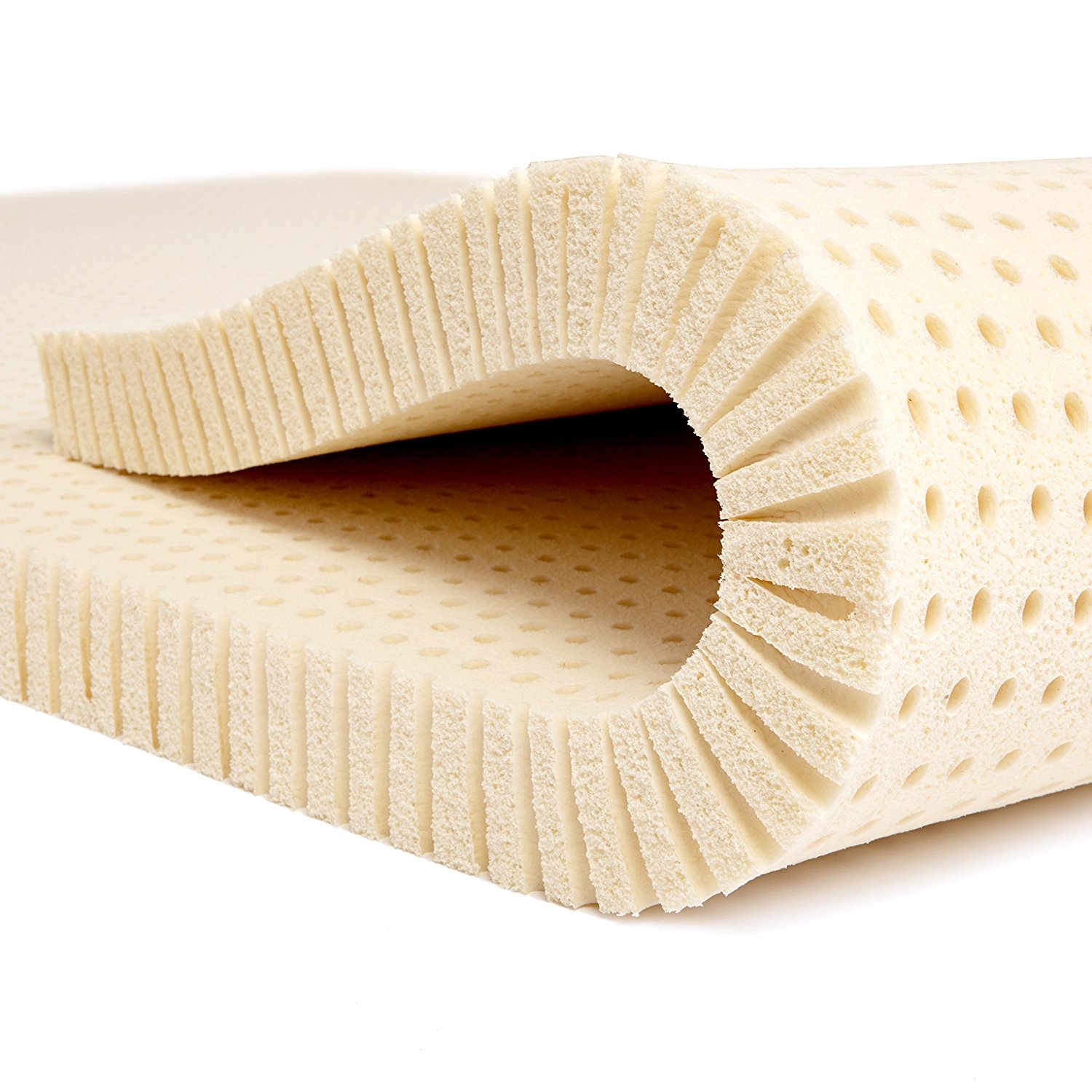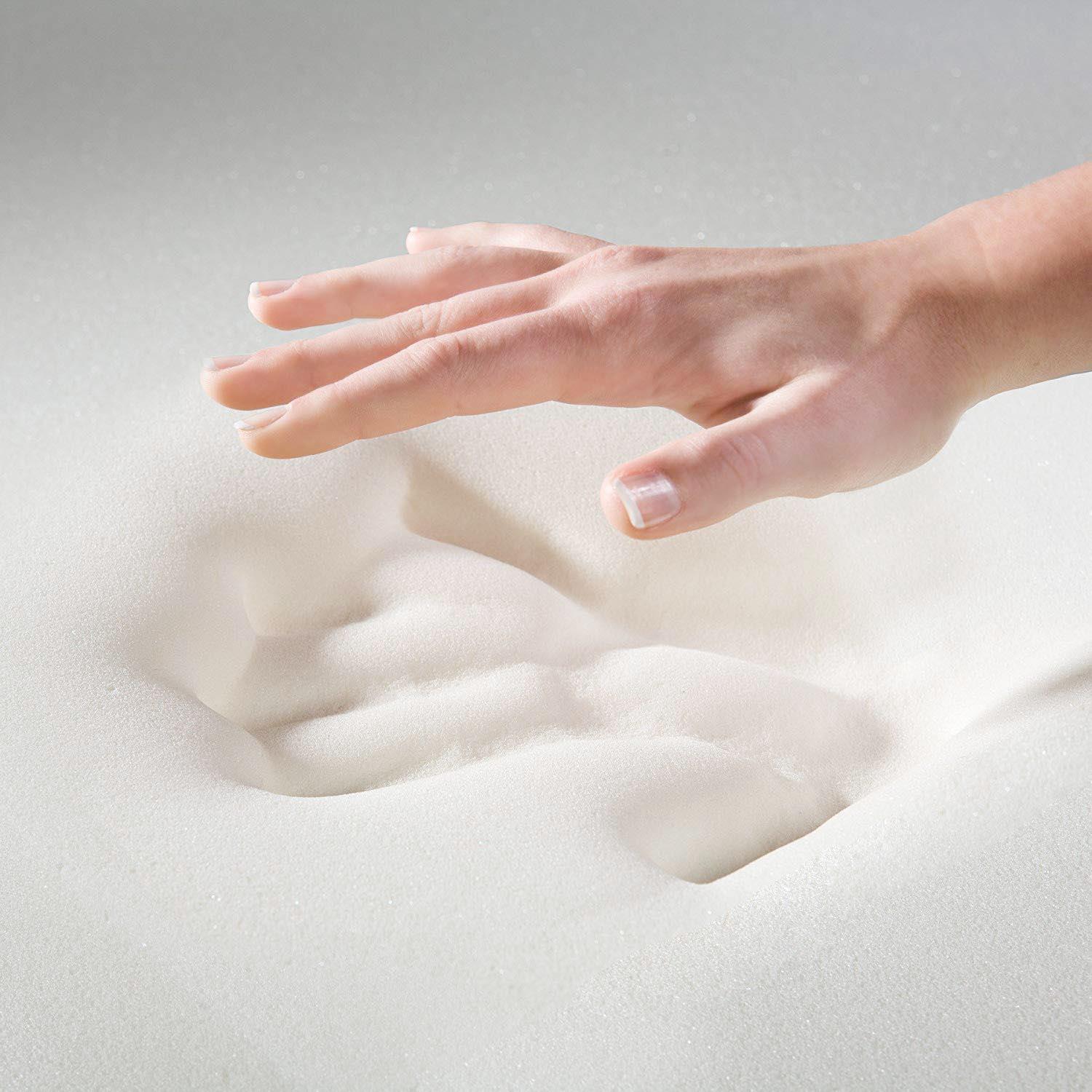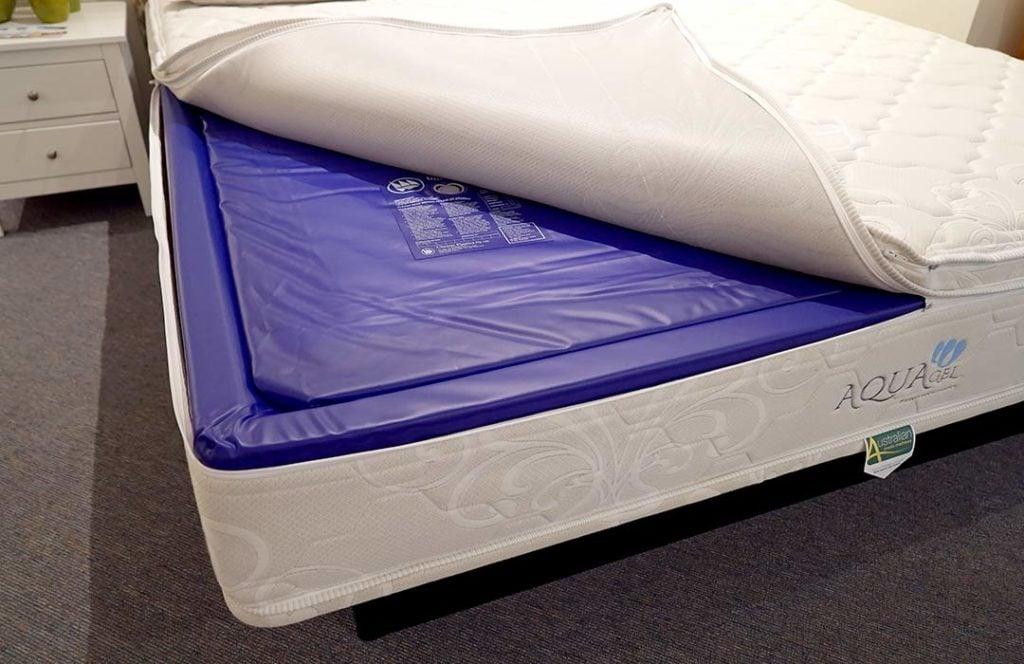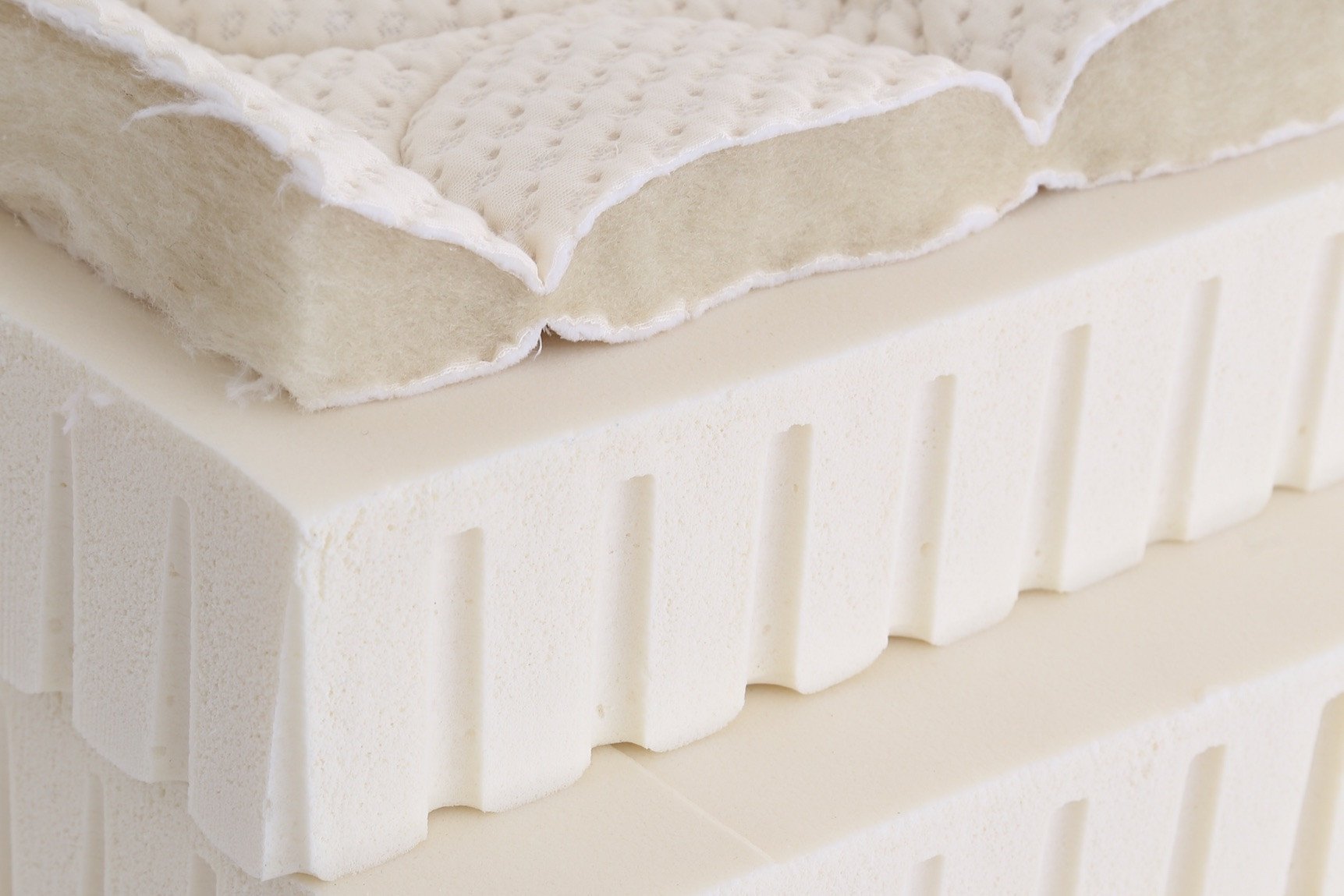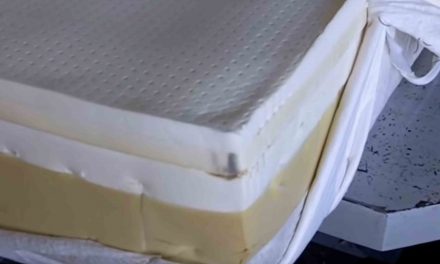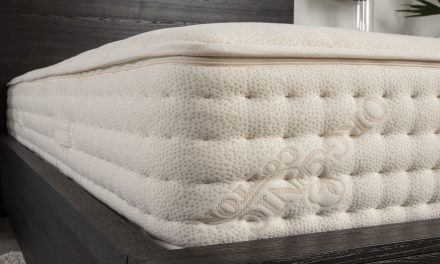Table of Contents
The mattress industry is in a full state of disruption. And people are changing their habits regarding one of the most important factors regarding overall health: sleep quality. People’s behaviors are changing rapidly, and the infographic above displays some of the consumers’ habits regarding their sleep, what kind of mattress they sleep on, and what will make them switch to a new mattress.
Infographic provided in collaboration with disturbmenot.co
In today’s fast-paced world, where work-life balance is becoming increasingly important, getting a good night’s sleep is essential for maintaining our health and well-being. The mattress industry is crucial in this equation, providing the foundation for restful and comfortable sleep. This article will explore the mattress industry in depth, discussing its history, the importance of innovation, trends, challenges, and prospects.
The mattress industry has experienced significant growth over the past two decades. With advances in technology and a shift in consumer preferences, the market has evolved to provide a vast array of mattress options for all types of sleepers. This article delves into the growth of the industry, major manufacturers, consumer behavior, mattress size selection, and emerging trends in mattress technology.
History of the Mattress Industry
Ancient Times
The history of mattresses dates back thousands of years to ancient civilizations such as Egypt, Rome, and Persia. Early mattresses were made from straw, wool, or feathers and were often placed on simple wooden or stone platforms.
Modern Innovations
The 19th and 20th centuries witnessed significant innovations in mattress design and materials. In 1865, the first coil spring mattress was patented, followed by the introduction of the innerspring mattress in the early 20th century. The 1930s saw the invention of latex foam mattresses, while the 1960s brought us memory foam, developed by NASA for aircraft seats. These innovations transformed the industry and paved the way for today’s diverse mattress types.
The Importance of Innovation
Meeting Consumer Needs
Innovation in the mattress industry has always been driven by the need to cater to evolving consumer preferences. As people’s lifestyles and sleeping habits change, they demand mattresses that provide the best possible support, comfort, and durability. Manufacturers have responded by introducing new materials, designs, and technologies that offer improved performance and cater to various sleep preferences.
Environmental Considerations
In recent years, there has been a growing focus on sustainability and the environmental impact of mattresses. This has led to developing eco-friendly materials such as organic cotton, natural latex, and plant-based foams. Additionally, many manufacturers are adopting environmentally responsible practices, such as recycling and reducing waste in production processes. Innovation in this area is essential to address resource depletion, climate change, and waste management concerns.
Trends and Challenges in the Mattress Industry
The Rise of Online Sales
The growth of e-commerce has significantly impacted the mattress industry. Online sales have surged in recent years, with companies like Casper, Leesa, and Purple revolutionizing how people shop for mattresses. These “bed-in-a-box” brands offer convenient delivery, free trial periods, and hassle-free returns, making it easier for consumers to find their ideal mattress. Traditional brick-and-mortar stores have had to adapt to this changing landscape by offering similar services and focusing on in-store experiences to remain competitive.
Customization and Personalization
Today’s consumers are increasingly looking for products that cater to their specific needs and preferences. The mattress industry has responded by offering a wide range of customizable options, from adjustable firmness levels to mattresses designed for specific sleep positions. Some companies even offer personalized recommendations based on age, weight, and sleep habits.
Smart Mattress Technology
The integration of technology into mattresses is another growing trend in the industry. Smart mattresses offer sleep tracking, temperature regulation, and adjustable firmness settings that can be controlled through a smartphone app. These innovations aim to enhance sleep quality and give users valuable insights into their sleep patterns.
Challenges
Despite the many advances in the mattress industry, it still faces several challenges. One significant issue is the disposal of old mattresses, which often end up in landfills and contribute to environmental pollution. Some companies are addressing this issue by offering recycling programs and partnering with organizations repurposing discarded mattresses. Additionally, the industry must continue to adapt to the rise of e-commerce and changing consumer preferences while focusing on product quality, safety, and affordability.
Future Prospects of the Mattress Industry
Continued Innovation
As consumer needs and preferences evolve, the mattress industry will continue to innovate to stay relevant. We can expect further advancements in materials, designs, and technologies that improve sleep quality and cater to individual needs. Moreover, the demand for eco-friendly and sustainable products will likely grow, prompting the industry to adopt more environmentally responsible practices.
Expanding Global Markets
The global mattress market is expected to witness significant growth in the coming years, driven by increasing disposable incomes, urbanization, and a growing awareness of the importance of quality sleep. Emerging markets, particularly in Asia and Africa, present significant expansion opportunities as consumers become more discerning and seek better-quality sleep solutions.
Integration with Health and Wellness
The mattress industry will likely align more closely with the health and wellness sector. As consumers become more focused on achieving overall well-being, the importance of sleep in maintaining physical and mental health will be emphasized. This may lead to collaborations between mattress manufacturers and health-focused companies and the development of products that address specific health concerns, such as sleep apnea and chronic pain.
GOLS-certified Natural Latex vs. Polyurethane: Mattress Foam Materials Battling for market share
When choosing the right mattress, the materials used can significantly impact comfort, support, and overall sleep quality. Two popular materials in the mattress industry are polyurethane foam, which includes memory foam and gel foam, and natural Dunlop latex foam. This article will explore the differences between these materials and their advantages and disadvantages, helping you decide when selecting your next mattress.
Understanding Polyurethane Foam
Memory Foam
Memory foam, a type of polyurethane foam, was initially developed by NASA in the 1960s for aircraft seats. It has since become popular in the mattress industry for its viscoelastic properties, allowing the foam to contour the body and provide pressure relief. Memory foam is known for its slow response time, meaning it takes time to return to its original shape after being compressed.

Memory foam has many downsides, including low breathability and toxicity, since thousands of chemicals are used in the manufacturing process.
Gel Foam
Gel foam is another polyurethane foam incorporating gel particles or liquid gel into the foam structure. Gel helps improve the foam’s thermal conductivity, allowing it to dissipate heat more effectively than traditional memory foam. This feature makes gel foam an attractive option for those who sleep hot or live in warmer climates.
Understanding Natural Dunlop Latex Foam
Natural Dunlop latex foam is derived from the rubber tree sap, making it an eco-friendly and sustainable option. The manufacturing process of Dunlop latex foam involves pouring the liquid latex into a mold, which is then vulcanized to create a durable, supportive, and springy foam material. Dunlop latex foam is known for its consistent density, firmness, excellent support, and responsiveness.
Comparing Polyurethane Foam and Natural Dunlop Latex Foam
- Comfort and Support
Both polyurethane foam and Dunlop latex foam offer unique comfort and support features. Memory foam is known for its pressure-relieving qualities and ability to contour to the body, providing excellent support for side sleepers or those with joint pain. Gel foam adds to these benefits by offering improved temperature regulation. On the other hand, Dunlop latex foam is more responsive and provides a slightly firmer and more supportive feel, making it a great option for back and stomach sleepers or those who prefer a bouncier mattress.
- Temperature Regulation
Memory foam mattresses can sometimes retain heat, leading to an uncomfortably warm sleeping environment. Gel foam addresses this issue by dissipating heat more effectively, providing a cooler sleep experience. Dunlop latex foam is naturally breathable and has an open-cell structure, allowing for better airflow and temperature regulation.
- Durability and Longevity
Dunlop latex foam is known for its durability and longevity, often lasting longer than polyurethane foam mattresses. The natural resilience of latex helps it maintain its shape and support over time, while memory foam and gel foam mattresses may be more prone to sagging or developing body impressions.
- Eco-Friendliness and Sustainability
Natural Dunlop latex foam is more eco-friendly than polyurethane foam, as it is biodegradable from a renewable resource (the rubber tree). Polyurethane foams, including memory foam and gel foam, are petroleum-based products and may off-gas volatile organic compounds (VOCs), which can contribute to indoor air pollution.
When choosing between a polyurethane (memory foam or gel foam) and a natural Dunlop latex foam mattress, it’s essential to consider factors such as comfort, support, temperature regulation, durability, and environmental impact.
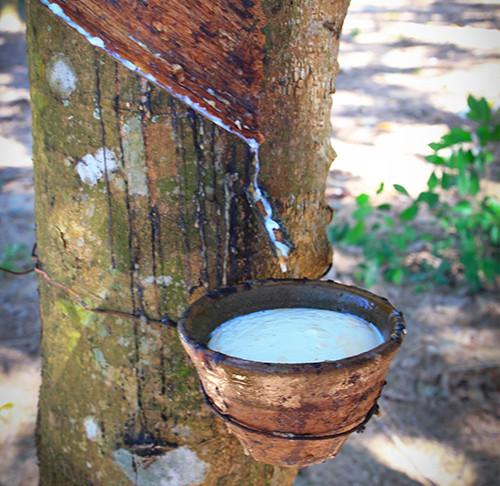
Latex tree sap is cured (baked) with other ingredients to make latex foam. Two layers form the core of the mattress.
Mattress Industry Growth in the Last 20 Years
Global Market Expansion
In the past 20 years, the mattress industry has grown rapidly, driven by increasing urbanization, the growing middle class, and an expanding global population. The industry has also benefitted from the rise of online shopping, which has enabled manufacturers to reach a wider audience.
E-commerce Boom
The advent of e-commerce platforms has played a significant role in the growth of the mattress industry. Online sales have surged as consumers enjoy the convenience of shopping from home and the ability to compare prices and reviews across different brands easily.
Major Mattress Manufacturers
Traditional Players
Some of the major traditional mattress manufacturers include:
- Serta Simmons Bedding
- Tempur Sealy International
- Sleep Number
- Hilding Anders
- King Koil
Online Mattress Startups
The mattress industry has also seen an influx of online startups that have disrupted the market with innovative products and marketing strategies. Some of these prominent startups include:
- Casper
- Purple
- Leesa
- Tuft & Needle
- Nectar Sleep
Online Natural Mattress Startups
Several online mattress startups offer GOLS (Global Organic Latex Standard) and GOTS (Global Organic Textile Standard) certified natural latex mattresses. Some of the biggest and most reputable include:
- Avocado Green Mattress Avocado is well-known for its eco-friendly and sustainable practices. They offer GOLS and GOTS-certified mattresses, ensuring their products are made from organic latex and textiles.
- PlushBeds PlushBeds is another popular online mattress brand specializing in natural and organic latex mattresses. Their Botanical Bliss collection is GOLS and GOTS certified, providing customers with an eco-friendly sleep solution.
- Birch Living by Helix Birch Living, a brand by Helix, offers a GOTS-certified natural latex mattress. Their Birch Mattress combines organic latex with other sustainable materials, like certified organic cotton and wool, to create an eco-conscious sleep environment.
- Awara Sleep Awara Sleep is a mattress startup that focuses on using natural materials in its products. Their mattresses feature GOLS-certified organic latex and GOTS-certified organic cotton to provide a comfortable and sustainable sleep surface.
- Brentwood Home Brentwood Home offers a range of mattresses, including the Cedar Natural Luxe Mattress, made with GOLS-certified organic latex and GOTS-certified organic cotton. The brand is committed to creating eco-friendly and sustainable sleep products.
These startups are dedicated to providing customers with high-quality, eco-friendly, and sustainable sleep solutions by offering mattresses made from GOLS and GOTS-certified materials.
Consumer Behavior for Mattress Purchase
Decision-making Factors
When purchasing a mattress, consumers consider several factors, including price, comfort, durability, and the manufacturer’s reputation. Other factors include trial periods, return policies, and warranties, which have become increasingly important as online sales continue to grow.
Mattress Size Selection Percentage
Based on industry data, the following is the approximate percentage of mattress size selection by consumers:
- Twin: 15%
- Full: 20%
- Queen: 45%
- King: 15%
- California King: 5%
Why People Get a New Mattress
There are several reasons why people purchase a new mattress, including:
- Age of the current mattress: The average lifespan of a mattress is 7-10 years. Over time, mattresses lose their support and comfort.
- Sleep quality: As people age or experience changes in their physical health, their sleep preferences and needs may change, prompting them to seek a new mattress.
- Moving or upsizing: Relocating to a new home or upgrading to a larger bed may require a new mattress.
- Allergies or health concerns: Some individuals may switch to hypoallergenic or organic mattresses to alleviate allergies or other health issues.
Online vs. Offline Consumer Behavior for Mattress Purchase
Online
The online mattress market has grown exponentially in recent years. Consumers enjoy the convenience of shopping from home, comparing prices and reviews, and having the mattress delivered directly to their door. Additionally, online retailers often provide generous trial periods and return policies, making online purchases less risky.
Offline
Offline mattress sales still hold a significant market share, particularly for consumers who prefer to test mattresses in person before purchasing. Brick-and-mortar stores offer a hands-on experience that enables customers to try multiple mattresses, ensuring they find the right fit for their needs.
Types of Mattresses and Their Popularity by Percentage
The mattress market offers various choices for different preferences, sleep positions, and budgets. Here are the most popular types of mattresses and their market share percentages:
Innerspring Mattress (35%)
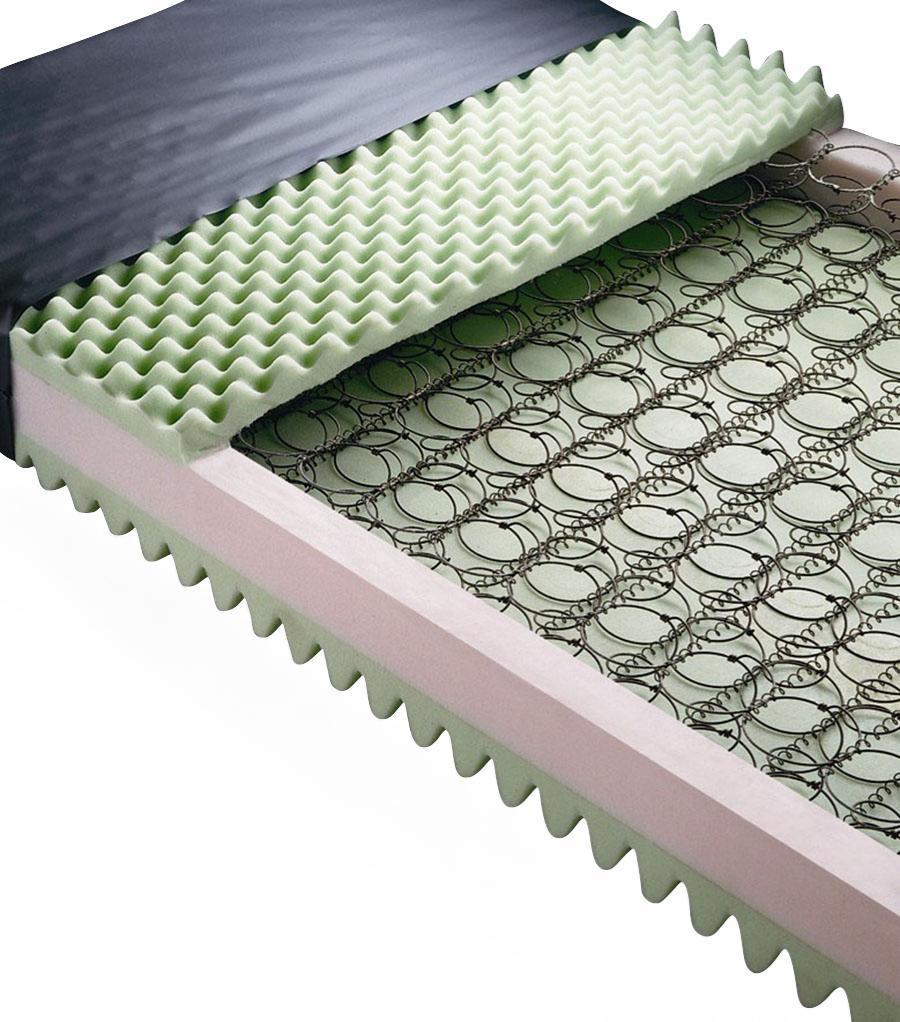
Memory Foam Mattress (25%)
Memory foam mattresses have gained popularity in recent years due to their ability to conform to the sleeper’s body shape, providing pressure relief and support. They are made from a viscoelastic material that responds to heat and pressure, evenly distributing the sleeper’s weight across the surface. Memory foam mattresses are popular for their motion isolation and pain relief properties.
Hybrid Mattress (20%)
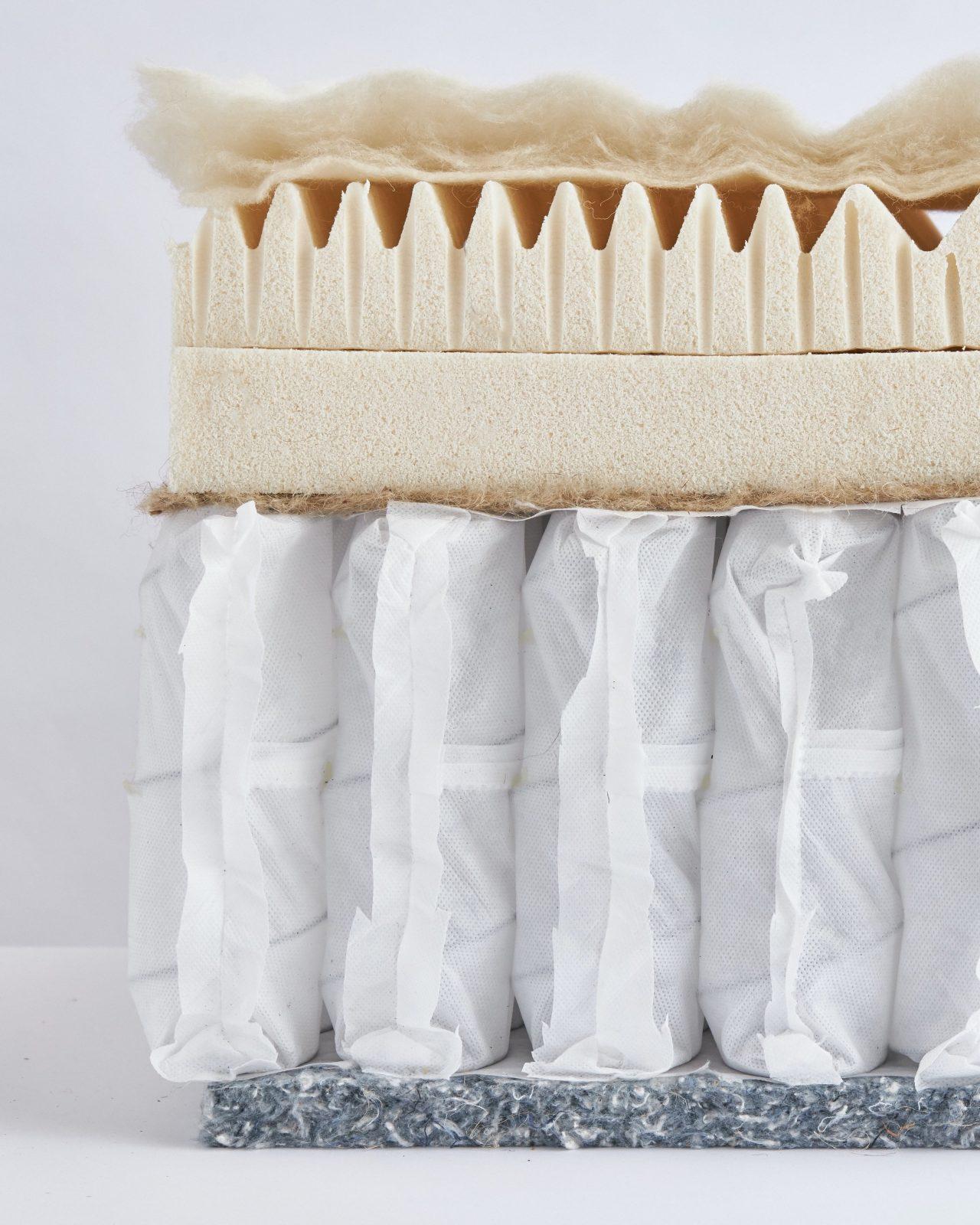
100% cotton cover, plush wool, 4-inch Dunlop latex layer, renewable flax seed fiber pad, 8-inch coil layer, 100% recycled denim base layer.
Hybrid mattresses combine the best of both worlds, featuring a layer of memory foam, latex, or other materials on top of an innerspring core. This combination provides the contouring and pressure relief of memory foam or latex while maintaining the support and breathability of the innerspring. Hybrid mattresses are popular for their balanced feel and versatility.
Waterbed Mattress (5%)
Waterbed mattresses are not as popular as once but still have a dedicated following. These mattresses contain a water-filled chamber in a sturdy frame, with a layer of padding for comfort. Waterbeds provide a unique sleep experience, with their motion and temperature control being the main selling points.
All-Foam Mattress (10%)
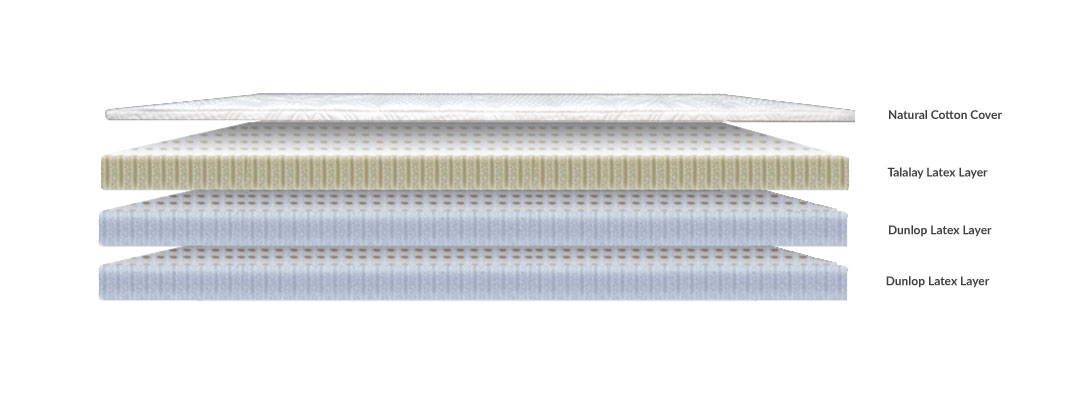
All-latex configuration. Dunlop, Talalay or a combination of both types of latex.
All-foam mattresses are made entirely of different types of foam without including innerspring or other materials. These mattresses offer excellent pressure relief, contouring, and motion isolation, making them popular for couples and those with chronic pain. All-foam mattresses can consist of various foam types, including polyurethane, memory foam, and latex.
Organic Natural Latex Mattress (5%)
Organic natural latex mattresses are made from rubber tree sap and processed using eco-friendly methods. These mattresses are known for their durability, breathability, and hypoallergenic properties. They are popular among eco-conscious consumers seeking an all-natural and sustainable sleep solution.
Sleeping Positions: Percentage of People Sleeping on Their Side, Stomach, and Back
People have different preferred sleeping positions, which can affect their mattress choice. According to research, the percentage of people sleeping in each position is as follows:
Side Sleepers (63%)
Most people sleep on their side, making it the most common sleep position. Side sleeping can help alleviate snoring and sleep apnea and reduce the risk of developing back and neck pain. Side sleepers often prefer contouring and pressure relief mattresses, like memory foam or hybrid options, to accommodate their hips and shoulders.
Back Sleepers (16%)
Back sleeping is the second most common sleep position; roughly 16% of people prefer this posture. It’s considered one of the healthiest sleeping positions, allowing for proper spinal alignment and reducing the risk of developing pain. Back sleepers typically prefer medium-firm mattresses that provide adequate support and maintain spinal alignment.
Stomach Sleepers (7%)
Stomach sleeping is the least common and least recommended sleep position, as it can cause strain on the neck and lower back. However, 7% of people still prefer this position. Stomach sleepers often need a firmer mattress to prevent their hips from sinking too much and causing misalignment.
Emerging Trends in Mattress Technology
The mattress industry continuously evolves, with manufacturers striving to provide better customer comfort and support. Here are some emerging trends in mattress technology:
Smart Mattresses
Smart mattresses come with integrated sensors and connectivity options, allowing users to monitor and adjust their sleep environment. These mattresses can track sleep patterns, adjust firmness levels, and even sync with smart home devices for enhanced convenience.
Cooling Technologies
Cooling technologies are becoming increasingly important in the mattress industry, as many people experience discomfort due to overheating during sleep. Manufacturers are incorporating advanced materials, such as gel-infused memory foam, phase-change materials, and breathable fabrics, to help regulate temperature and promote a cooler sleep environment.
Customizable Mattresses
Customizable mattresses allow users to modify them to suit their preferences and needs. This can include adjustable firmness levels, interchangeable layers, or even dual-sided designs that cater to couples with different sleep preferences. This trend empowers consumers to create their ideal sleep environment.
Sustainable and Eco-Friendly Materials
As consumers become more environmentally conscious, the demand for sustainable, eco-friendly mattresses is rising. This has led to increased organic natural latex mattresses and mattresses made with recycled materials, low VOCs, and environmentally friendly manufacturing processes.
Modern Technology in the Mattress Industry
In addition to emerging trends, various modern technologies are already used in the mattress industry to enhance the sleep experience. Some of these include:
Zoned Support Systems
Zoned support systems feature strategically placed firmer or softer zones within the mattress to provide targeted support and pressure relief. This technology can help maintain proper spinal alignment and prevent pain in key areas, such as the shoulders, hips, and lower back.
Motion Isolation
Motion isolation technology aims to minimize movement transfer between partners sharing a bed. This is particularly useful for light sleepers who may be disturbed by their partner’s movements during the night. Memory foam and pocketed coil systems are examples of
technologies that excel in motion isolation.
Edge Support
Edge support is crucial for maximizing the usable sleeping surface of a mattress and providing a stable perimeter for sitting or getting in and out of bed. Reinforced perimeters, foam encasements, and specially designed coil systems are technologies used to enhance edge support in mattresses.
Hypoallergenic Materials
Hypoallergenic materials are essential for individuals with allergies or sensitivities to certain substances. Mattresses made with natural latex, organic cotton, and other hypoallergenic materials can help create a healthier sleep environment by reducing exposure to allergens and irritants.
Conclusion
The mattress industry has come a long way, offering consumers options to suit their preferences, sleep positions, and budgets. With the development of new technologies and materials, mattresses continue to improve, providing better comfort, support, and overall sleep quality. As a consumer, staying informed about these trends and technologies can help you make the best choice for your unique needs and enjoy a restful, rejuvenating night’s sleep.
The mattress industry has come a long way since the days of straw-filled sleeping surfaces. Through continuous innovation and adaptation, it has managed to stay relevant and meet the ever-changing needs of consumers. As we look to the future, the industry will continue to evolve, focusing on sustainability, customization, and technological advancements to enhance sleep quality and promote overall health and well-being.



